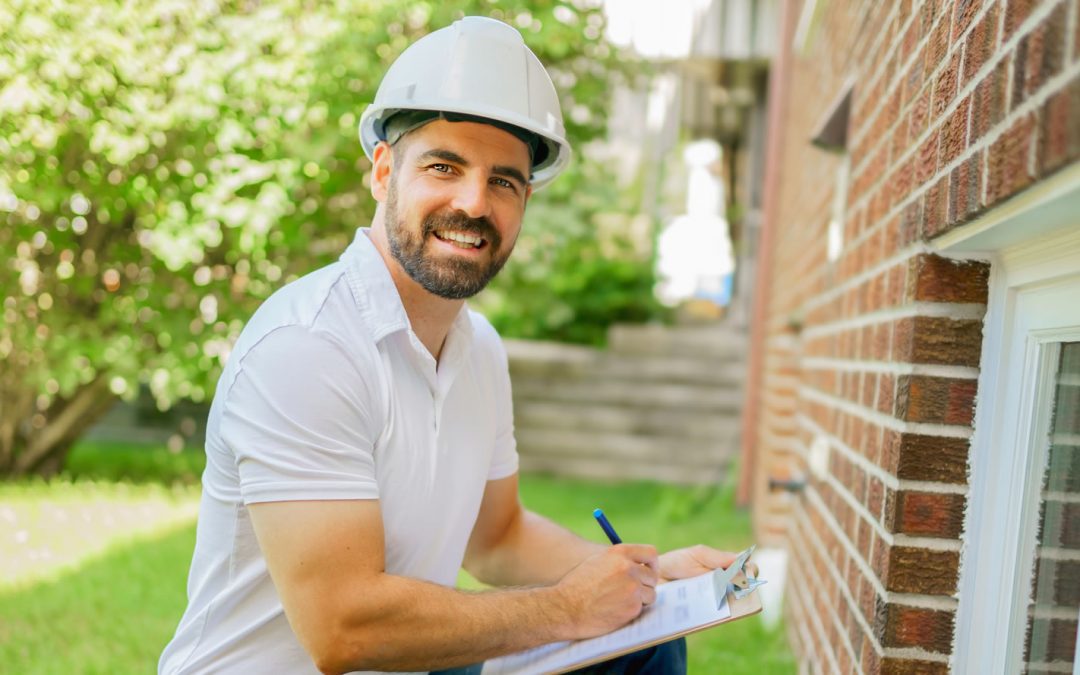Getting Ready For A Home Inspection
When you are selling your home, the last thing you need to worry about is the home inspection and what it may uncover – especially as markets become more balanced and we transition out of a long-standing seller’s market. The majority of sales in this ever changing market are now adding conditions – especially a home inspection by a qualified inspector.
The more prepared you are ahead of time, the smoother the sale will be. After all, no home is perfect, so it’s important to remember that potential buyers want a heads-up on any major issues within the home that could end up costing them down the road.
Step 1: Schedule a pre-listing inspection.
A pre-listing inspection highlights the sound investment your buyer can expect upon purchasing your property. Included is a detailed list of any work that may need to be done in the future that can empower you to make some changes prior to listing and/or equip them with the required information to show potential buyers that only minor repairs/upgrades are suggested by a trained professional.
A pre-listing inspection helps take the guesswork out of the home buying process for many buyers by boosting confidence in the property. A buyer is likely to discover issues within the home, so being forthcoming may mean one less condition on the offer as well as providing a higher level of confidence and transparency for the home sale.
Step 2: Complete repairs and clean before the home inspection.
Instead of hoping the home inspector will miss any issues within the home, you will benefit from being proactive and taking care of the things they already know about. Is there a leaky faucet? Are there high-traffic areas with scuff marks and peeling paint? How about carpet stains? Sometimes when a number of smaller issues are apparent, potential buyers may see this as a red flag and wonder what else could be wrong that they’re not seeing.
Step 3: Familiarize yourself with common items found during a home inspection.
This can really help you prepare for an inspection. Simple fixes can go a long way, including:
- Cutting back shrubs, bushes and other plants that are close to the home
- Replacing or refreshing worn caulking around windows/doors and in kitchens/bathrooms
- Making sure gutters are free and clear of debris
- Replacing lightbulbs or fixtures that don’t work well
- Testing all doors and windows to ensure they open/close/lock easily
Step 4: Give the home inspector space.
The best thing you can do is leave before the scheduled home inspection. In most cases, the potential buyer will want to be present and may feel uncomfortable asking the inspector questions if the owner is home.
Home inspections can take several hours to complete depending on a number of factors. For instance, older and larger homes can add time to the inspection. Additional services such as wood-burning appliances, sceptic systems and wells can also add time.
The home inspector will also point out important items like electrical disconnects and main water shutoff valves to the prospective buyer during the inspection.
Anything you can do to help ensure a thorough home inspection is completed – either before or after listing – will go a long way in securing the best possible offers.




